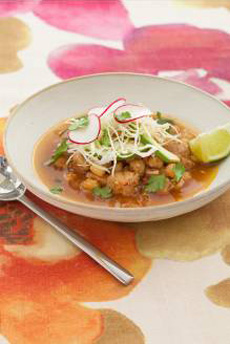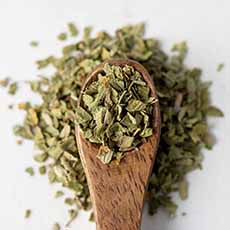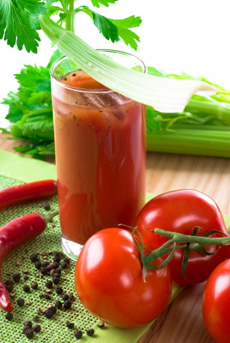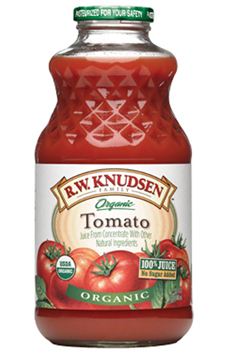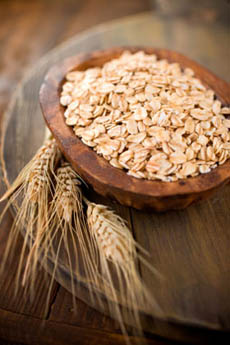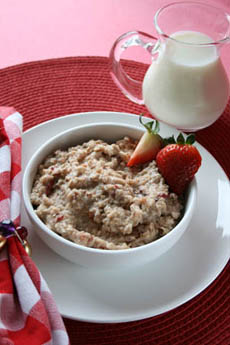|

[1] Fudge in an homage to candy corn. The recipe is below (photo and recipe © The Pampered Chef).
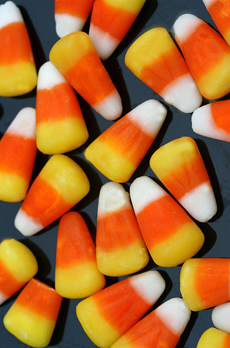
[2] The fudge tastes better than actual candy corn (photo © Liz West | Wikipedia).

[3] S’mores flavor candy corn (photo © Blair Candy Store | Amazon).

[4] Caramel flavor candy corn (photo © Brach’s | Amazon).
|
|
October 30th is National Candy Corn Day. According to the National Confectioners Association, more than 20 million pounds of candy corn are sold during the Halloween season.
National Candy Corn Day is October 30th, the day before Halloween. Following the history of candy corn, we’ve got:
> A yummy recipe for Candy Corn Fudge, below.
> More candy corn recipes, from cocktails to cake to ice cream and more.
CANDY CORN HISTORY
The iconic confection was created in the late 1880s by George Roniger of the Wunderlee Candy Company in Philadelphia. The first three-layer candy, it was laboriously made by hand.
It was originally called chicken feed, after the dry corn kernels that were fed to the flocks. It was originally sold year-round. When it became a seasonal treat for Halloween has not yet been identified for certain, but research suggests it was around the middle of the 20th century [source].
Roniger failed to trademark his concept, enabling other companies to produce their own versions, following right on his tail. The Goelitz Confectionery Company (now the Jelly Belly Candy Co.), has been making candy corn since 1898.
Another top competitor these days is Brach’s, which claims to be the number-one producer, making up to 88% of the candy corn sold in the U.S. [ibid.].
Even with today’s machinery, it takes 4 to 5 days to create each piece of candy corn (here’s a video of candy corn being made).
Each kernel has 3.57 calories, and it’s all sugar (the ingredients are corn syrup, honey, sugar, and food coloring, coated with carnauba wax, which is is made from the leaves of a palm tree).
Trivia: In 2021, nine billion kernels of candy corn were produced in the U.S. That equates to 35 million pounds of candy corn!
The orange, yellow and white colors of the candy corn can actually be found in fresh corn kernels—though the colors are intensified by the candy makers.
Some companies create an “Indian corn” version, substituting brown for the yellow base color. And that’s not all.
Witch’s Teeth are white kernels with green tips, Vampire Teeth, white with red tips, and all varieties of teeth from Monster Teeth (blue, purple, white, blackberry cobbler flavor) to Dragon Teeth (tan, brown, white), Shark Teeth (red, pink, white), Zombie Teeth (red, green, white), and more.
For Christmas, there’s a red, green and white combination; for Easter, there are pastels.
Candy corn has been made in flavors such as apple pie, blackberry cobbler, caramel, carrot cake, chocolate, coffee, cookies, eggnog, funfetti, green apple, Minions, Nerds, peppermint, popcorn, s’mores, Sour Patch Kids, Starburst.
There are bags of candy corn that imitate themed meals, with flavors that emulate French toast, waffles, and pancakes, to Thanksgiving dinner flavors (roasted turkey, stuffing, green beans, cranberry sauce, apple pie, and coffee), to Tailgate flavors (hot dogs, hamburgers, fruit punch, popcorn, vanilla ice cream).
So now…
Why not “fudge the rules” by turning fudge into candy corn?
This recipe is vanilla fudge, made in three layers that are the color of candy corn.
And unlike candy corn itself, this recipe (courtesy of ThePamperedChef.com) is not all sugar: It’s made from chocolate and sweetened condensed milk.
Don’t like fudge? Try this candy corn cocktail, or simply mix candy corn into some popcorn (almonds are optional).
RECIPE: “CANDY CORN” FUDGE
Ingredients For 72 Pieces
3 cups white chocolate chips
1 can (14 ounces) sweetened condensed milk
15 drops yellow food coloring
10 drops red food coloring
|
